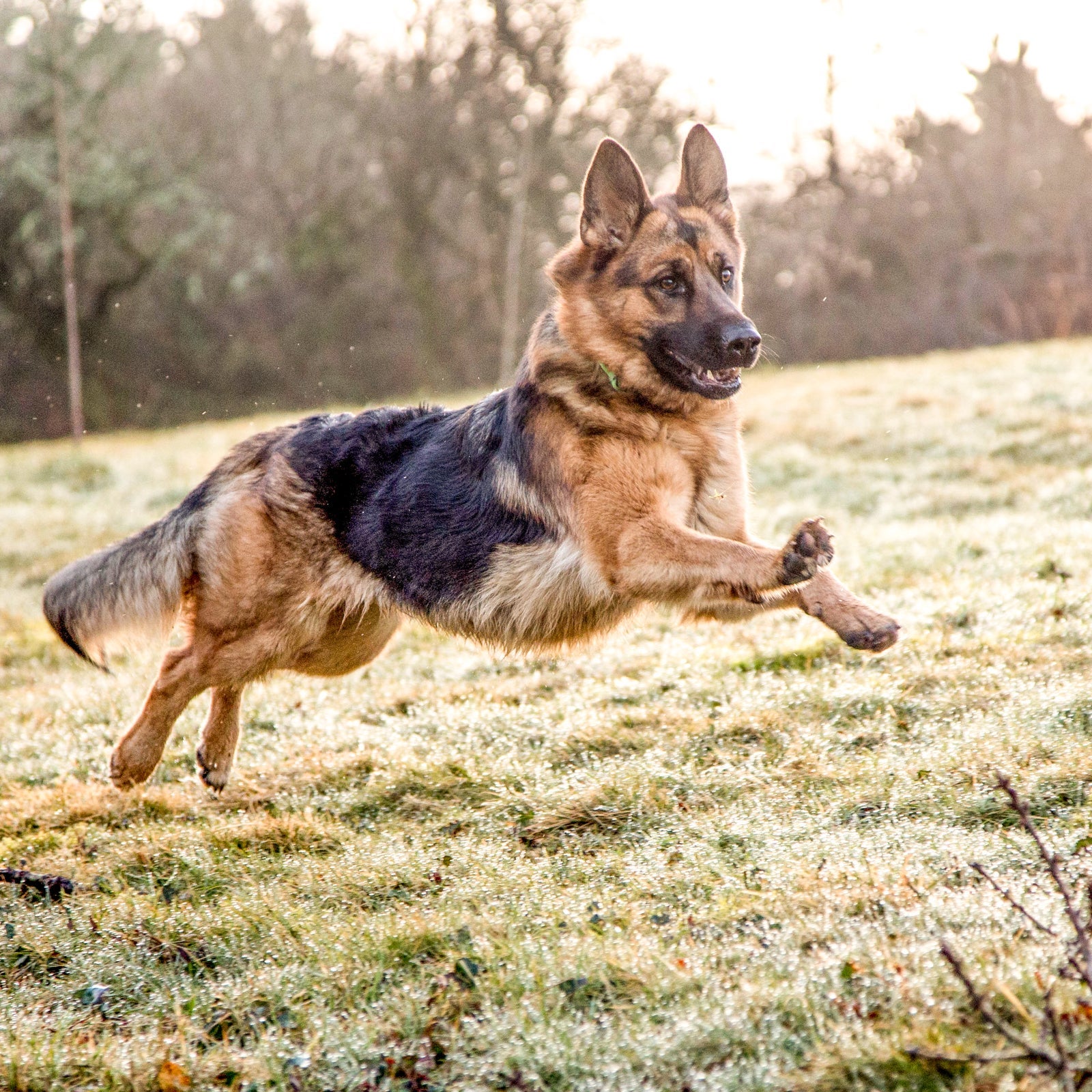Master Important Commands: Efficient Pet Dog Educating Made Easy
Reliable pet dog training is a fundamental facet of accountable animal possession, and understanding essential commands offers as the foundation for an unified relationship in between handler and canine. Understanding the subtleties of canine behavior and the training procedure is key; nonetheless, the journey to a trained dog frequently offers unanticipated hurdles that call for interest.
Understanding Your Canine's Behavior
To comprehend the nuances of efficient dog training, it is necessary to break down and assess your canine's habits. Dog training. Understanding the motivations behind your dog's activities is essential; actions can stem from impulse, anxiety, exhilaration, or a desire for focus. By observing your dog in various circumstances, you can recognize patterns that may indicate underlying feelings or needs
For example, a dog that barks excessively might be revealing dullness, anxiousness, or a need for social interaction. Alternatively, a pet that exhibits destructive actions could be seeking stimulation or remedy for anxiety. Identifying these triggers allows you to tailor your training method properly.
In addition, it is essential to consider the canine's type attributes, as they can affect habits dramatically. Some breeds are predisposed to certain attributes, such as herding or securing reactions, which can influence their responses to particular stimulations.
Finally, uniformity in your actions to your pet dog's habits promotes a better understanding between you and your family pet. This shared comprehension is foundational for building trust fund and facilitating an effective training procedure that nurtures both behavioral improvement and favorable support.
Essential Commands to Show
Showing crucial commands is an essential facet of efficient pet training, giving the structure for a well-behaved and receptive pet dog. These commands not only enhance interaction in between the owner and the pet however also guarantee safety in different atmospheres.
The most crucial commands consist of "Sit," which motivates your dog to continue to be stationary and calm; "Stay," which reinforces the concept of staying in one location until released; and "Come," which is vital for remembering your canine from possibly harmful situations. "Down" educates canines to lie down, advertising relaxation and control, while "Leave it" aids avoid pets from choosing up damaging or unwanted items.
" Heel" is another important command that motivates your dog to stroll carefully beside you, enhancing chain manners. Lastly, "No" functions as an important boundary-setting command, helping to deal with undesirable habits.
Training Techniques for Success
Efficient pet training relies heavily on using a range of strategies that deal with both the pet dog's knowing design and the owner's training goals. One crucial method is favorable support, which entails gratifying preferred actions with treats, praise, or play. This technique urges the dog to repeat those behaviors, promoting a strong bond between proprietor and pet dog.

Another reliable strategy is remote control training, where an unique noise, made by a clicker, marks the exact moment a dog does a preferred activity. This precise timing aids canines connect the habits with the incentive, boosting their understanding.
Uniformity is crucial in all training methods. Developing clear commands and preserving the same signs aids the canine grasp assumptions a lot more quickly. Additionally, brief, appealing training sessions stop boredom and increase retention.
Including socialization opportunities is additionally crucial. Exposing canines to various settings, individuals, and other pets assists them develop confidence and adaptability.
Last but not least, persistence plays a considerable role in successful training - Dog training. Each pet finds out at their very own rate, and comprehending this can lead to an extra pleasurable training experience for both the owner and the dog. Carrying out these methods will establish the foundation for efficient dog training
Typical Challenges and Solutions
Regardless of the most effective training strategies, dog owners often experience common challenges that can prevent progress. One common concern is inconsistency in commands and cues. When member of the family make use of various commands for the same behavior, it confuses the canine, causing irregular reactions. The option hinges on developing a unified technique amongst all member of the family, guaranteeing that every person uses the very same terms and signals.

Furthermore, some canines might exhibit stubbornness or absence motivation. This can commonly be dealt with by including favorable reinforcement methods, such as deals with or praise, to urge desired habits. Customizing rewards Discover More Here to what your canine discovers most encouraging can considerably enhance their engagement.
Lastly, anxiety or anxiety can impede progression in training. Acknowledging indicators of stress and adjusting the training pace accordingly is vital. Employing steady exposure to feared stimulations can help develop Learn More self-confidence over time, assisting in an extra reliable training experience.
Maintaining Uniformity and Perseverance
Consistency and patience are critical in pet dog training, as they create the structure for attaining long lasting behavioral modifications. Pet dogs grow on regular and clear assumptions; hence, keeping a consistent strategy in commands, benefits, and modifications is crucial. When trainers use the same cues and signals dependably, pet dogs are much better able to comprehend what is being asked of them. Variance can cause complication and stress, threatening the training process.
Dogs, a lot like humans, have differing learning speeds and may not realize commands promptly. Positive support plays a crucial function below, gratifying preferred behaviors and aiding to cultivate a relying on relationship between the canine and fitness instructor.
Verdict
Understanding important commands is basic visit here to efficient pet training, fostering boosted interaction and enhancing positive behaviors. The application of positive reinforcement strategies, paired with uniformity and perseverance, significantly improves the training experience for both the pet and handler. Resolving common obstacles with useful remedies even more sustains the training procedure. Inevitably, a well-trained canine not only exhibits etiquette but likewise establishes self-confidence, contributing to an unified partnership in between the pet and its owner.